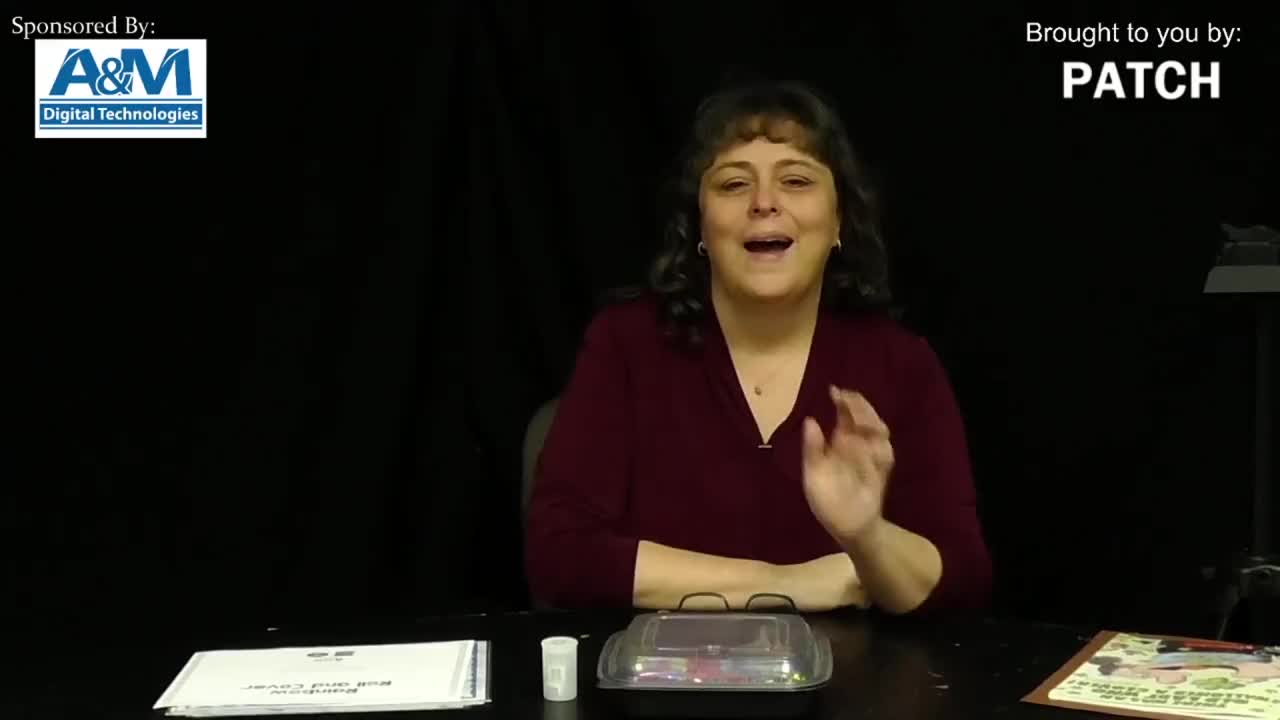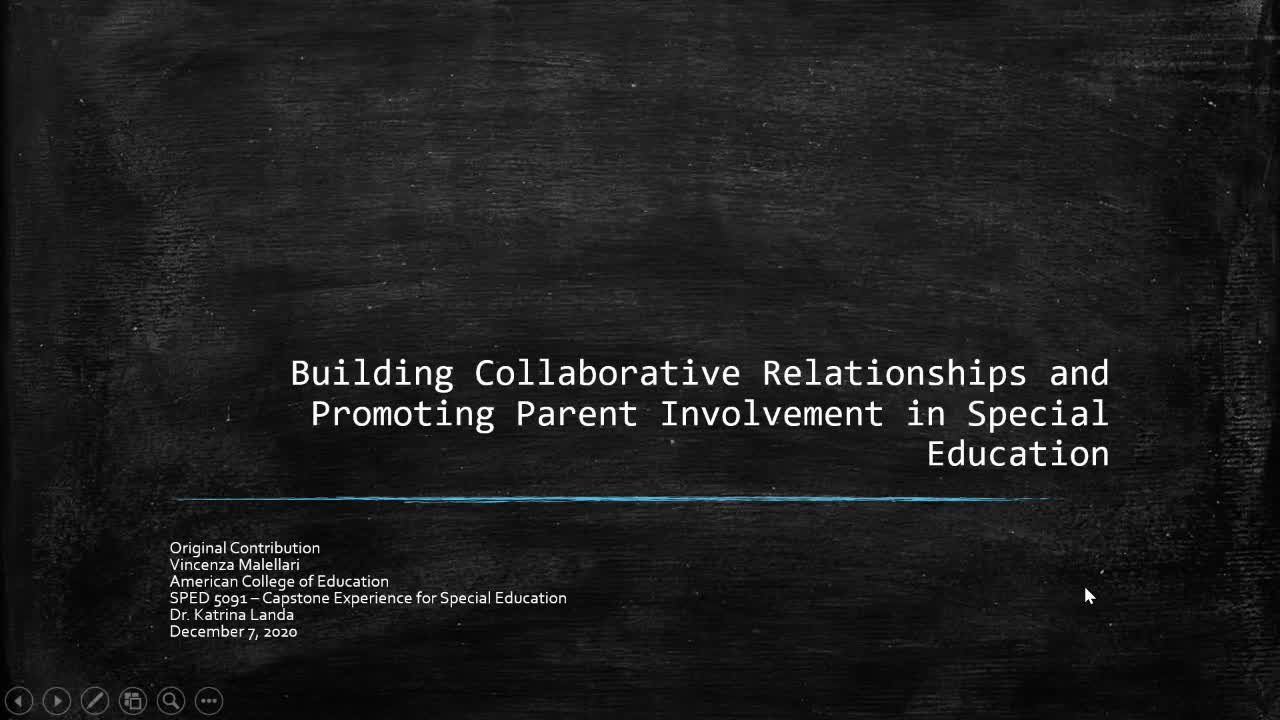Hermeneutics of Charity
College and University / Ethics / Love
According to the hermeneutics of charity (also called the hermeneutics of love), we you analyse a text, the place where you will find its meaning is a little complicated. It relates mostly to purpose and audience, but also a little to context. The meaning of a text can be found by applying the “golden rule” to the text’s author. The golden rule is to treat others the way we would want to be treated. So, remembering that the author of the text is just as much a person as we are, we try our best to interpret the text how the author would like the text to be interpreted. It is pretty safe to assume that most authors would want us to interpret their writings according to what they intended it to mean, so what we do here is similar to historical criticism and psychological criticism in that we need to figure out what they were probably thinking when they read the text. But the hermeneutics of charity goes one step further in that it is very generous in its interpretations. If we are left with more than one possible interpretation, we assume that the best possible interpretation is also the correct one. If there are any apparent failings in the text, we just assume that they were mistakes, and try to figure out what the author probably meant. So in some ways, the hermeneutics of charity is the exact opposite of deconstruction. If you want to read a text according to the hermeneutics of charity, assume that the author has something specific to say in that text, and that he or she has been more or less successful in communicating that message. Overlook any mistakes or failure to clearly communicate and do your best to find out the likeliest intended meaning.





















